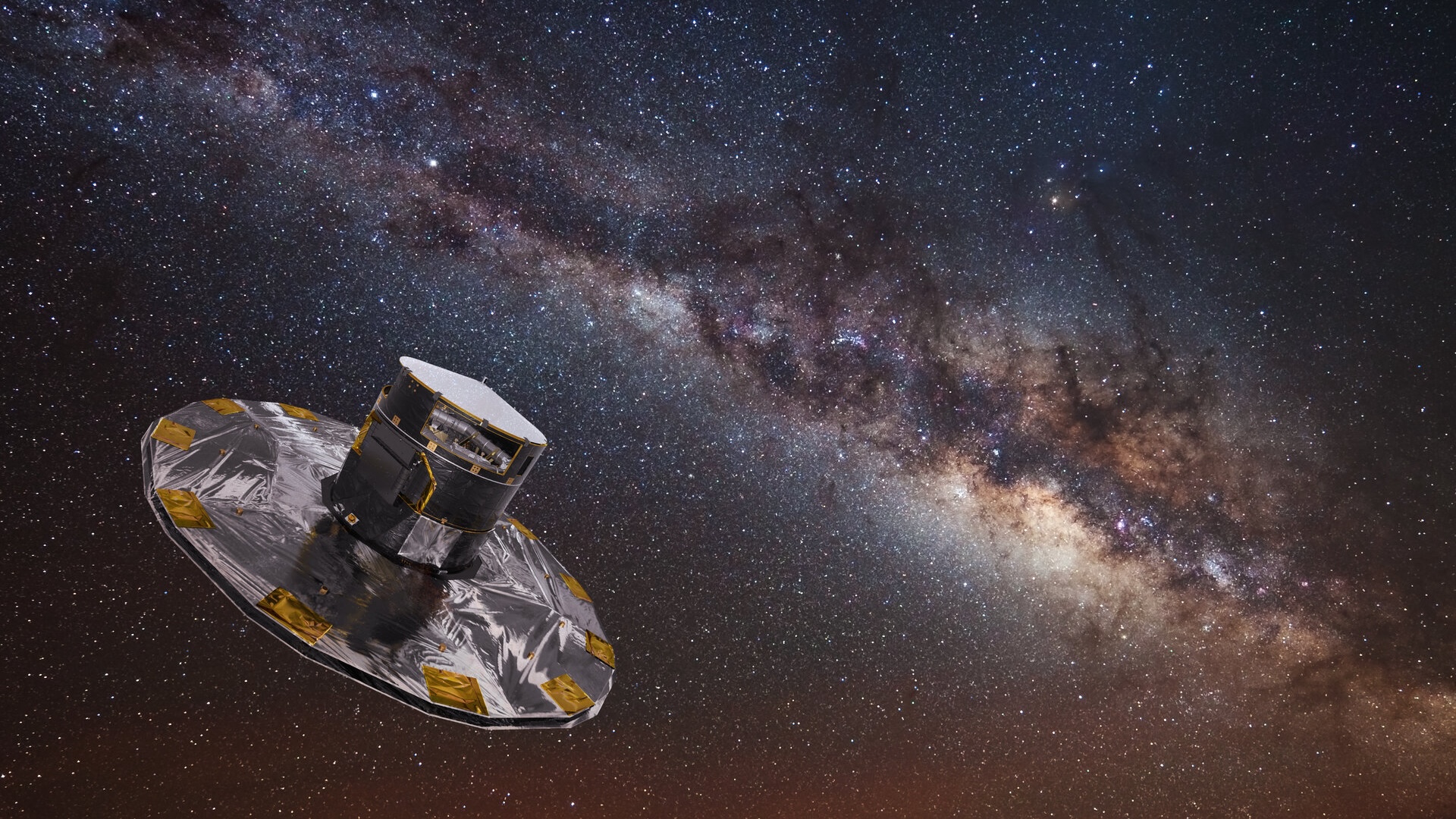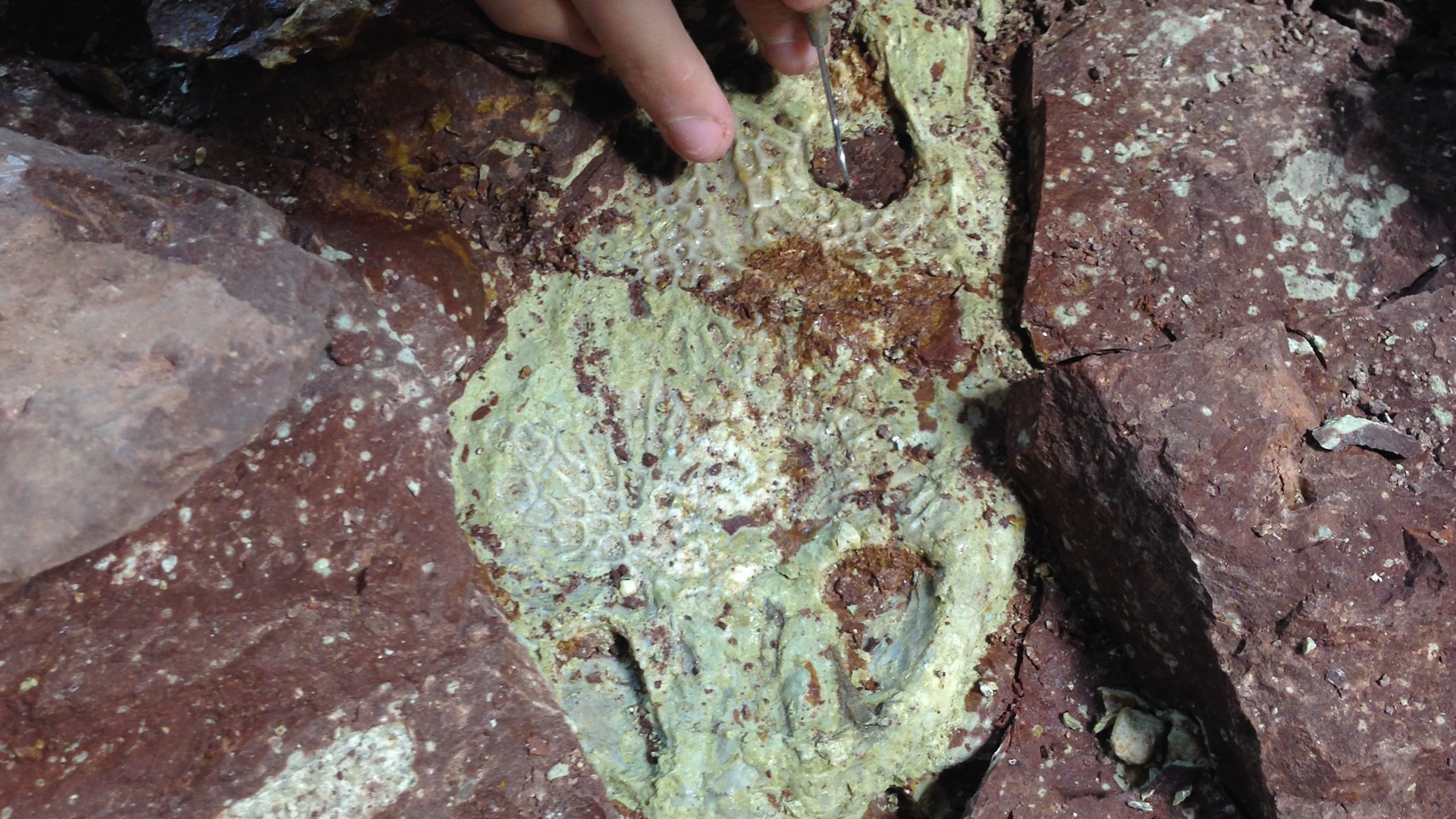Now Reading: Gaia Telescope Retires After Mapping 2 Billion Milky Way Stars
-
01
Gaia Telescope Retires After Mapping 2 Billion Milky Way Stars
Gaia Telescope Retires After Mapping 2 Billion Milky Way Stars

Rapid Summary
- Gaia telescope mission retired: On March 27, ESA retired the Gaia telescope after an 11-year mission beyond its planned lifespan. The spacecraft, which ran out of fuel, has been placed into a “retirement orbit.”
- achievements: Launched in December 2013, Gaia mapped nearly 2 billion stars, over 4 million potential galaxies, and around 150,000 asteroids in the Milky Way.
- Scientific impact: Its data led to more than 13,000 studies and enabled significant discoveries:
– Precise mapping of the Milky Way’s spiral structure and dark matter halo.
– Insights into ancient stellar formations dating back less than a billion years after the Big Bang.
– Discoveries like stellar streams (e.g.,radcliffe Wave),starquakes on distant stars,high-velocity stars escaping or heading toward our galaxy,and nearby black holes.
– Contributions to calculating universe expansion rates while addressing discrepancies.
- Decommissioning process: Instrument functions were disabled systematically; onboard software was corrupted to prevent reactivation. farewell messages and contributors’ names were inscribed in its memory as a tribute.
- Legacy continues: Only one-third of Gaia’s vast dataset (over one petabyte) has been analyzed so far. Remaining observations will be released incrementally until 2030.
!Illustration of Gaia Space Telescope
Artist’s impression of the Gaia telescope mapping stars in the Milky Way galaxy.
(Image credit: ESA/ATG medialab; background: ESO/S. Brunier)
!Milky Way Galaxy Map
An illustration based on data from the Gaia telescope showing what the Milky Way might look like face-on.
(Image credit: ESA/Gaia/DPAC; Stefan Payne-Wardenaar)
Indian Opinion Analysis
The retirement of ESA’s pioneering Gaia telescope marks both an end and a beginning for international astronomy efforts. As India advances space exploration capabilities through missions like Aditya-L1 and Chandrayaan series by ISRO (Indian Space Research Organisation), datasets from global telescopes such as Gaia offer opportunities for cross-institutional collaboration. The precision mapping by Gaia contributes significantly to global scientific knowledge-a context where Indian researchers can leverage this treasure trove for deep-space studies.
For India specifically, GAIA’s contributions could inspire further growth in astronomical instruments aimed at cataloging celestial objects or studying galactic phenomena under indigenous programs like ASTROSAT or National Large Solar Telescope initiatives pending completion. While India continues building capacity toward space-based observatories capable of imaging cosmic structures at scale comparable with facilities driven by international collaborations-this highlights empowerment potential towards synergized science-driven diplomacy-led innovation zones amongst broader-science niches globally being positive fueled planetary stewardship principle zone-driven success prototypes aspirations overarching frameworks nonpartisan neutral-root truth seeking collaboration-oriented pan humanity-centric strategic synergies relation spectrums impactful growth forward pathways overall benefiting collective wise pursuit sharing observation nurturing roots innovation–future integrated approaches knowledge bright journey next frontiers infinite endeavors!


























